I know that performance tuning is something which need to be done specific to each environment. But I have put maximum effort to make my question clear to see if I am missing something in the possible improvements.
I have a table [TestExecutions] in SQL Server 2005. It has around 0.2 million records as of today. It is expected to grow as 5 million in couple of months.
CREATE TABLE [dbo].[TestExecutions]
(
[TestExecutionID] [int] IDENTITY(1,1) NOT NULL,
[OrderID] [int] NOT NULL,
[LineItemID] [int] NOT NULL,
[Manifest] [char](7) NOT NULL,
[RowCompanyCD] [char](4) NOT NULL,
[RowReferenceID] [int] NOT NULL,
[RowReferenceValue] [char](3) NOT NULL,
[ExecutedTime] [datetime] NOT NULL
)
CREATE INDEX [IX_TestExecutions_OrderID]
ON [dbo].[TestExecutions] ([OrderID])
INCLUDE ([LineItemID], [Manifest], [RowCompanyCD], [RowReferenceID])
I have following two queries for same purpose (Query2 and Query 3). For 100 records in #OrdersForRC, the Query2 is working better (39% vs 47%) whereas with 10000 records in in #OrdersForRC the Query 3 is working better (53% vs 33%) as per the execution plan).
In the initial few months of use, the #OrdersForRC table will have close to 100 records. It will gradually increase to 2500 records over a couple of months.
In the following two approaches which one is good for such a incrementally growing scenario? Or is there any strategy to make one approach work better than the other even if data grows?
Note: In Plan2, the first Query uses Hash Match
References
- query optimizer operator choice - nested loops vs hash match (or merge)
- Execution Plan Basics — Hash Match Confusion
Test Query
CREATE TABLE #OrdersForRC
(
OrderID INT
)
INSERT INTO #OrdersForRC
--SELECT DISTINCT TOP 100 OrderID FROM [TestExecutions]
SELECT DISTINCT TOP 5000 OrderID FROM LWManifestReceiptExecutions
--QUERY 2:
SELECT H.OrderID,H.LineItemID,H.Manifest,H.RowCompanyCD,H.RowReferenceID
FROM dbo.[TestExecutions] (NOLOCK) H
INNER JOIN #OrdersForRC R
ON R.OrderID = H.OrderID
--QUERY 3:
SELECT H.OrderID,H.LineItemID,H.Manifest,H.RowCompanyCD,H.RowReferenceID
FROM dbo.[TestExecutions] (NOLOCK) H
WHERE OrderID IN (SELECT OrderID FROM #OrdersForRC)
DROP TABLE #OrdersForRC
Plan 1
Plan 2


